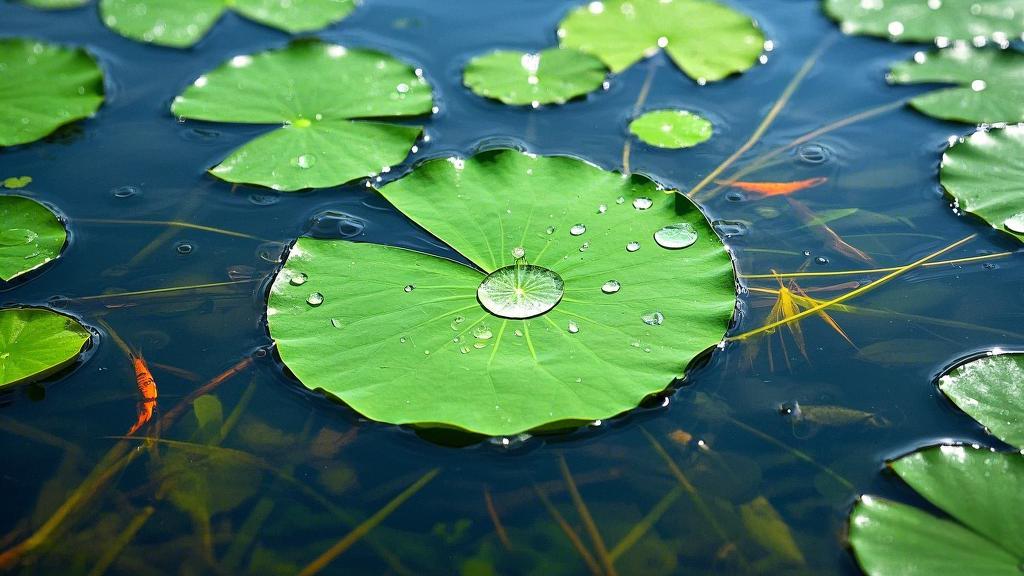
In the lotus pond in the early morning, dewdrops dance lightly on the lotus leaves and eventually slide into the water without leaving a trace – this is precisely the famous “lotus leaf effect”.
Scientists have discovered that the surface of lotus leaves is densely covered with papilla structures measuring 5-15 micrometers. Each papilla is further coated with nanoscale wax crystals, forming a dual protection mechanism.
This micro-nano hierarchical structure enables the contact angle of water to reach over 160°. Water droplets form perfect spheres due to surface tension and can carry away pollutants as they roll, creating the natural wonder of “remaining unstained despite growing out of the mud”.
The textile industry has never ceased its research and development of bionic materials inspired by the lotus leaf effect and has achieved a series of results.
However, there is a new material derived from aerospace technology. With its excellent performance in terms of thermal insulation, breathability, lightness and other indicators, it has become the new king of textile materials. It is the aerogel fiber.
It inherently has hydrophobic properties, and its characteristics have inadvertently created the lotus leaf effect. Through the design of bionic microstructures and the regulation of nanoscale pores, a three-dimensional protective network is formed on its surface:
Superhydrophobic performance: The contact angle reaches 158°, surpassing traditional waterproof coatings.
Active moisture evacuation: With more than one billion nanoscale pores per square centimeter, the moisture permeability is increased by 300%.
Lightweight protection: The density is only 0.03g/cm³, lighter than down.
Durability: After 1,000 friction tests, the contact angle still remains above 150°.
Even though the aerogel material itself is synthetic, its design logic and functional implementation paths are all modeled after the hydrophobic mechanisms in nature and optimized by integrating biological principles, which is in line with the definition of bionic technology by the World Society for Biomimetic Engineering (BIOKON): “Gaining inspiration from biological models and solving human problems through technological means.”
The 2023 report of the Key Laboratory of Bionic Materials of the Chinese Academy of Sciences pointed out that the “nano-confinement effect” of aerogel fibers simulates the water collection mechanism of the desert beetle’s back shell and is applied in reverse for drainage, which is an innovative reverse application in bionics.
Therefore, once the aerogel fiber was introduced, it received high attention from the industry and has been continuously applied.
Mountaineering and hiking: When a sudden rainstorm strikes, water droplets bounce and slide off the surface of the mountaineering jacket instantly, and the inner layer continuously expels the sweat generated during exercise, saying goodbye to the embarrassment of “being wet outside and stuffy inside”.
Camping equipment: The tent remains dry even in the morning dew, and the sleeping bag does not form condensation due to the dampness of the ground. The lightweight design reduces the load by 35%.
Urban commuting: When the business backpack is splashed with water, water droplets automatically form and roll off, keeping the computer files safe. The nanoscale pores simultaneously regulate the microclimate inside the bag.
In this rainy season, let the aerogel fiber be your second skin.
Say goodbye to the clumsy raincoats and the pungent waterproof coatings. With the bionic technology inspired by the wisdom of the lotus leaf, you can walk calmly in the spring rain.
Whether it’s a torrential downpour in the mountains or a continuous drizzle in the city, the superhydrophobic interface allows you to always maintain a dry feeling and enjoy outdoor time even in the humid season.

 Aerogel fibers
Aerogel fibers
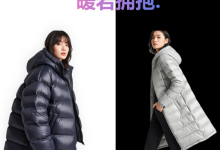




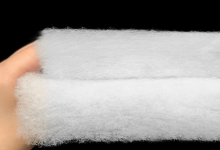
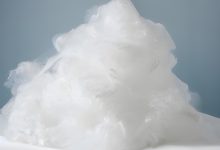
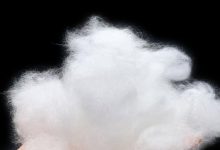
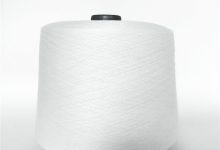
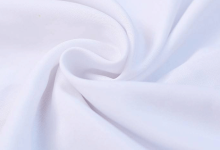

Must log in before commenting!
Sign Up